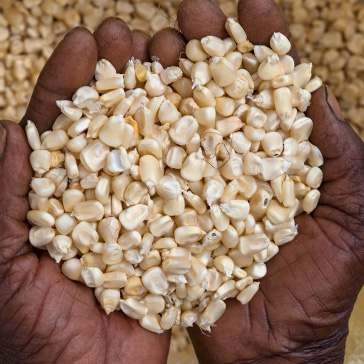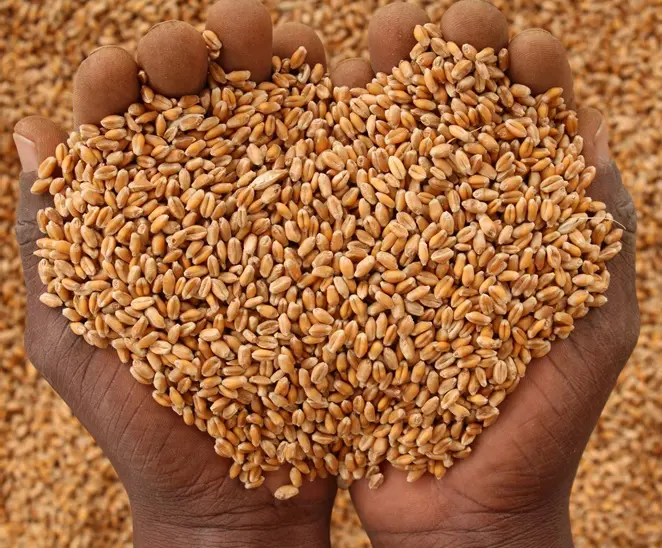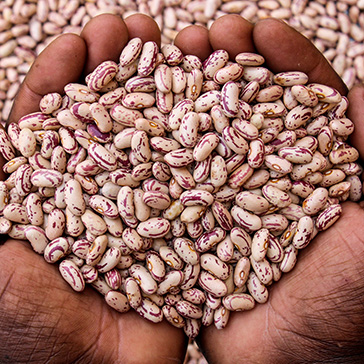Soyabean: A strategic crop
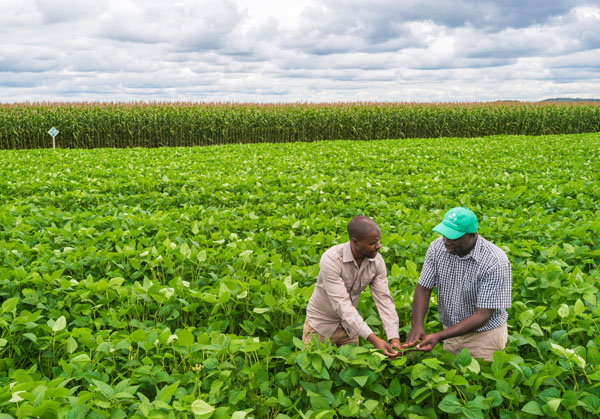
Increased soyabean production is necessary to meet an increasing domestic and global demand. Soyabean is one of the most common crops with multiple benefits to the farmer, the industry and the economy. However, current demand for soybean in Zimbabwe far outstrips supply, opening opportunities for farmers and the industry to plug in the disparities.
Soya bean crop is used as an affordable source of protein for livestock feeds. It is also used in making cooking oil, margarine, soya chunks, soap, milk to name a few. It is one of the richest crops in terms of crude protein (ranging between 35-45%) and also contains 20% oil. Indeed soybean contributes significantly to food security in Zimbabwe and it is therefore strategic to attain some level of autarky (or self-sufficiency) with regards to soybean. The country requires about 220 000 Metric Tonnes of soybean annually for food, feed and other industrial needs.
At national level, the crop is critical in attaining a complete food security basket for the general populace. Currently it contributes about 2 to 3% to the agriculture GDP and yet the agriculture industry contributes about 30% to the National GDP. Its contribution to the agriculture GDP can be more with increased production.
The fact that the agriculture industry occupies a central space in the economy of the country cannot be overemphasized. The industry creates employment for at least 65% of the populace, directly and indirectly. This shows how essential it is to improve production and productivity levels of all the crops in the food basket such as soybean in the country as well as non-food crops. Improving soybean production will surely increase its contribution to the agriculture GDP.
We can also imagine the amount of foreign exchange saving the country will attain if the annual national requirement is produced locally.
At farm level, it is one of the short season crops with a lucrative return on investment. The general cost structure per ha ranges from $700.00 up to $900.00, at full absorption (all direct costs incorporated), i.e. at high management level. At this level a farmer will be targeting to get at least 3.5 tonnes/ha and even up to 6 tonnes/ha, with Seed Co varieties.
The minimum income a farmer can get using the ruling prices of $550.00 per tonne is about $2000.00 after a period of four and half months or less (depending on altitude and variety). It can be more with high productivity levels. It means a farmer can realise a gross return of at least $1100.00/ha, after 4-5 months. The break-even yield level for soybean is about 1.7 tonnes/ha at the prevailing prices. A farmer can easily rake up to $3.00 per dollar invested.
A soyabean crop can be used for value addition on the farm, where own stockfeed can be formulated and mixed. Generally in livestock production systems, feeds constitute about 70% of the total cost structure. According to several studies, feed costs can be reduced by about 25% if a farmer can produce the feeds on the farm. This will ultimately enhance profitability levels of the livestock ventures. Other on-farm value addition options include soap, cooking oil, milk and soya chunks/mince production.
In addition to these top line stories, the soyabean crop is also compatible with long and short rotations. An example of a long rotation is maize (summer)-soyabean (summer) which is common in many non-irrigated farming systems. Soya (summer)-wheat (winter) is an example of a short rotation (also known as double cropping system) in irrigated farming systems. Both rotation setups are beneficial to the farmer.
Generally, the yield of a cereal crop which follows soya in a rotation is usually enhanced because of the residual nitrogen, since soyabean is a legume which fixes Nitrogen. A well-managed soyabean crop can leave a residual Nitrogen level of up to 90kg/ha, which benefits the next crop in a rotation.

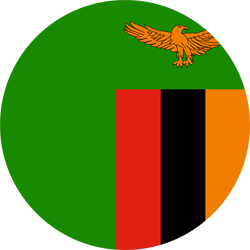 Zambia
Zambia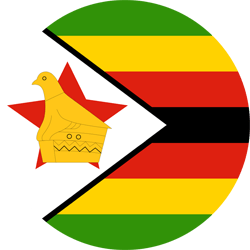 Zimbabwe
Zimbabwe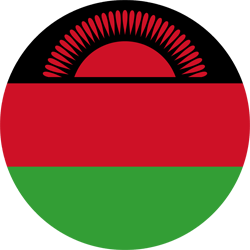 Malawi
Malawi Botswana
Botswana Nigeria
Nigeria